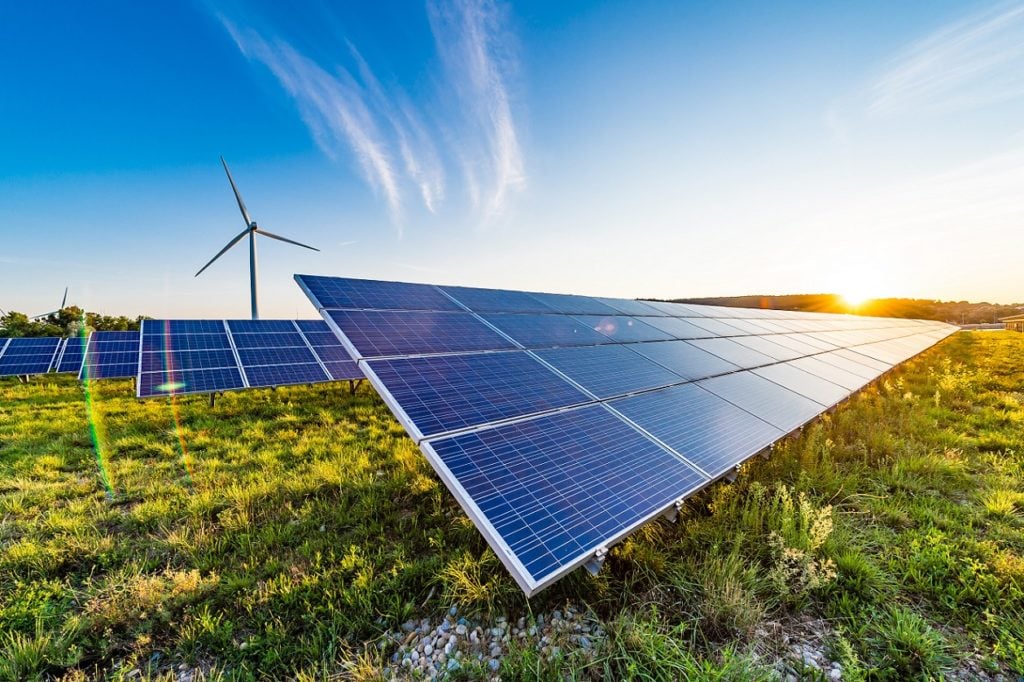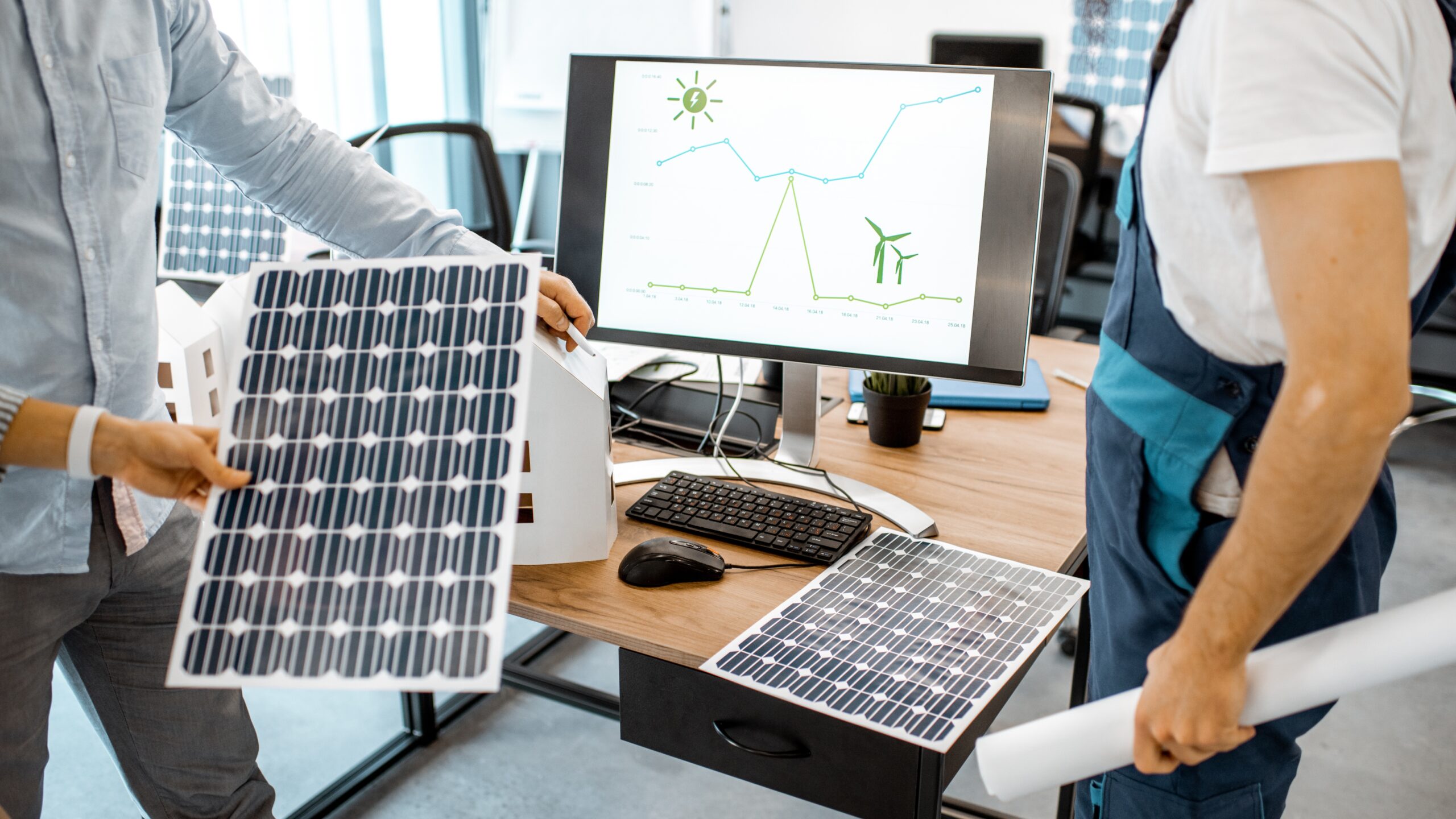Governments globally are searching for ways to ensure sustainable development and this has led to different approaches towards challenging problems including climate change and environmental decline. Two of them include IRA’s Clean Energy Incentives and CBAM (Carbon Border Adjustment Mechanism). Both schemes have attracted significant interest over their roles in promoting clean energy and fighting carbon emissions.
In this post, we will delve into the particulars of each initiative, highlighting their differences, aims and effects.
IRA’s Clean Energy Incentives:
Inflation Reduction Act (IRA) policy’s main objective is to address inflationary pressures while sustaining and promoting economic stability. This policy includes specific provisions known as Clean Energy Incentives that encourages investments into cleaner energy technology by providing credits on taxes, grants or subsidies done by government agencies or administered by IRS-Internal Revenue Service. The core objective of IRA’s Clean Energy Incentives is to create demand and adoption of green energy alternatives through economic incentives to businesses and individuals who invest in renewable sources like solar, wind or hydroelectric power.
CBAM (Carbon Border Adjustment Mechanism):
CBAM trade policy is introduced by the European Union (EU) and focuses on regulating carbon emissions associated with imports of goods into the EU. Under this policy, the imported goods are subject to tariff based on their carbon footprint. This framework aims to promote healthy competition by imposing tariff on imported goods with high carbon emissions and bring them at Par with domestic industries that are subject to strict emission targets and carbon pricing within the EU. CBAM seeks to discourage carbon-intensive production processes and incentivize cleaner production practices among trading partners.
Key Differences:
Factor | IRA’s Clean Energy Incentives | CBAM |
Objective | Aim to promote investment in clean energy technologies and stimulate innovation in the sector. | Primarily focused on addressing carbon emissions associated with imports and incentivizing emission reductions. |
Target | IRA’s incentives target clean energy industries and technologies. | CBAM focuses on imported goods and their carbon footprint. |
Incentives | IRA offers tax credits, grants, and subsidies to support clean energy investments. | CBAM imposes carbon tariffs or border adjustments on imported goods with high carbon emissions. |
Regulatory Authority | IRA’s incentives are typically administered by government agencies or tax authorities. | CBAM is regulated by the European Commission. |
Example of IRA’s Clean Energy Incentives for Corporations:
- Tax Credits for Renewable Energy Investments:A company that invests in establishing solar panels on its production plants qualifies for a tax credit under IRA’s Clean Energy Incentives equal to a percentage of the total cost of the solar installation. For example, if the total cost of the solar panels was $500,000 and the tax credit is 30%, then the corporation will obtain a $150 000 tax benefits which reduces its taxes burden.
- Grants for Energy Efficiency Upgrades:A manufacturing company which upgrades its energy efficiency in production processes to reduce its greenhouse gas emissions via equipment upgrading, insulation enhancement or installing an energy management system will be provided with grants to. This firm receives a grant of upto $100,000 to offset some costs related to energy efficiency enhancement.
- Subsidies for Renewable Energy Production: A corporation invests in renewable energy production like wind or solar farms to operate itself. Utility companies give subsidies to corporations that generate surplus renewable energy and feed it back into the grid. This means that it gets subsidies as per the amount of “clean” power produced thus reducing the operational costs of this company.
Example of CBAM (Carbon Border Adjustment Mechanism) for Corporations:
- Carbon Tariffs on Imported Goods: A manufacturing company imports steel from a place that has high carbon dioxide emissions and lessened environmental standards. For CBAM, goods imported are imposed of the carbon tariffs basing on the amount of carbon that they emit. While purchasing the imported steel, the company pays higher tariff compared to the domestic one because of reflecting thereon the pollution done.
- Border Adjustments for Carbon Intensive Products: There is a company importing electronic devices which are produced with great use of carbon. The business should pay border adjustment charges depending on how much carbon is in their products brought from abroad. Thus, it calculates fees taking into account not only emissions from manufacturing process, but also transportation and disposal during life cycle stages for electronic devices.
- Carbon Pricing Mechanism for Imported Goods: The revenue generated by these tariffs and adjustments goes toward funding national initiatives aimed at reducing greenhouse gases. Moreover, companies importing these items must also participate in this carbon pricing system so that they could apply pressure on them to obtain such goods either in countries having low emission rate or through cleaning processes within the organization itself.
Conclusion:
Both IRA’s Clean Energy Incentives and CBAM’s aim is to promote sustainable development and fight climate change, but they operate in different domains and target different aspects of the economy. IRA’s incentives core focus is to stimulate investment in clean energy and CBAM targets carbon emissions associated with imports.











